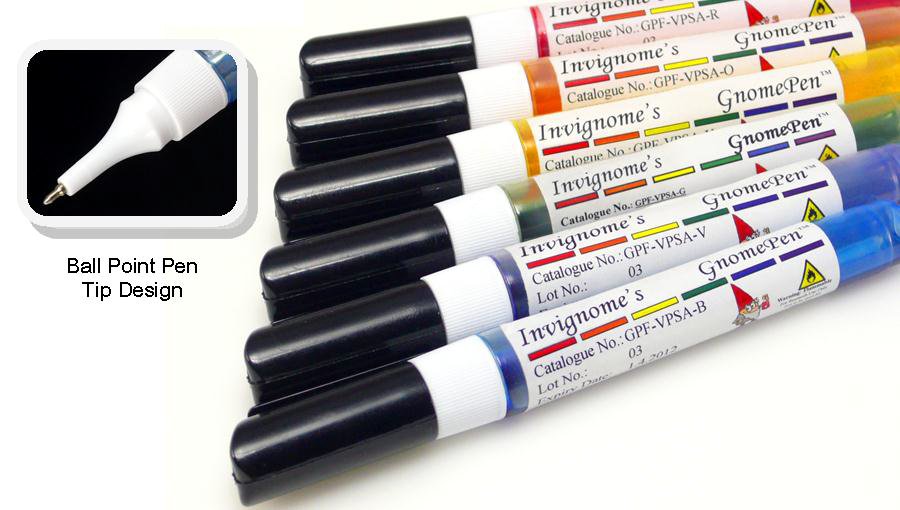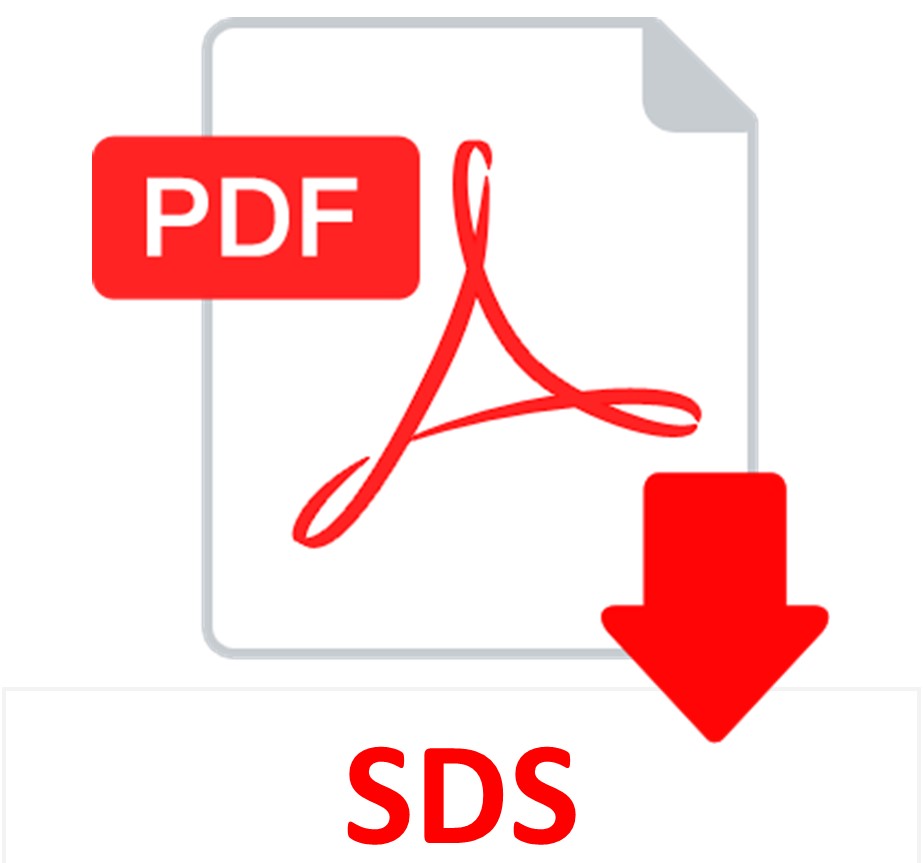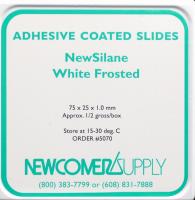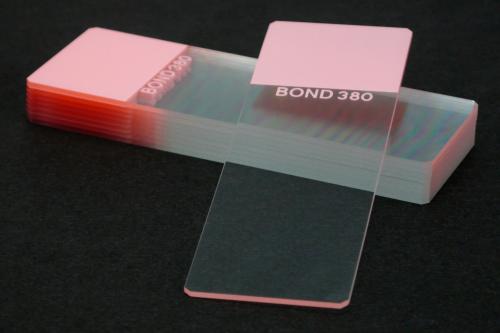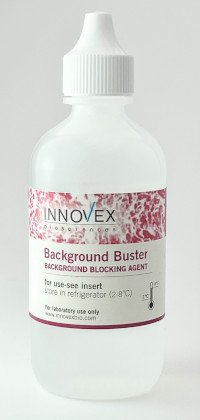PAP GnomePen Classic Liquid Blocker
PAP GnomePen liquid blocker is a proprietary formulation that is applied around the tissue sections on a microscope slide prior to immunohistochemistry. It dries in less than one minute!
Newcomer Supply PAP GnomePen Liquid Blocker creates a thin visible hydrophobic film around tissue sections to reduce the amount of reagent needed for tissue coverage and stain reaction. GnomePen has one of the thinnest PAP pen tips available, allowing for adjacent circles, lines or a drawn pattern to be applied on a single slide.
GnomePen contains a unique formulation that is water repellent, insoluble in alcohol and acetone, soluble in xylene and is insensitive to detergents (Triton X-100, Tween 20), varying pH and temperature. The GnomePen Classic PAP Pen is optimized for tissue sections between 4-20 microns thick. Estimated coverage would be for approximately 350 slides.
METHOD:
Technique: Paraffin, frozen sections and tissue culture cells
-
-
- Manual staining for:
- Immunohistochemistry (IHC) procedures
- Immunofluorescence Assay (IFA) procedures
- Manual staining for:
-
PROCEDURE:
-
-
- Shake pen thoroughly before use.
- Practice applying GnomePen liquid barrier on a test slide; push pen tip against the glass and apply a thin liquid barrier that dries to a film. If flow does not instantly begin, gently squeeze the pen body.
- Store GnomePen tightly capped; vertically with cap end up.
- Paraffin Section Method:
- Deparaffinize sections thoroughly in three changes of xylene, 3 minutes each. Hydrate through two changes each of 100% and 95% ethyl alcohols, 10 dips each. Wash well with distilled water.
- Remove slide from water or buffer; blot excess solution from slide and tissue section. Or place long edges of slide on absorbent material to remove excess moisture.
- Encircle tissue section(s) on slide surface with GnomePen as illustrated. Do not touch the pen to any edge of the tissue.
- The liquid barrier can be drawn on a slightly damp slide.
- See Procedure Notes #1 and #2.
- Frozen Section and Tissue Culture Cells:
- Encircle frozen tissue section(s) or tissue culture cells on slide surface at room temperature with the GnomePen as illustrated. Do not touch the pen to any edges of the tissue or culture cells.
- See Procedure Notes #1 and #2.
- The liquid barrier should be applied before fixation or prior to the immersion of slide into water or buffer.
- After liquid barrier application, allow slide to dry in a flat position for 30-60 seconds at room temperature. Proceed with procedure when the drawn barrier has completely dried.
- See Procedure Note #3.
- Drain/rinse reagents off between staining steps; blotting slide and tissue as needed to remove excess solution.
- See Procedure Note #4.
- Complete staining and coverslip with a compatible mounting medium.
-
PROCEDURE NOTES:
-
-
- Once a tissue section is touched with GnomePen liquid barrier it cannot be removed. The section remains useable but slight colorization will result on the touched tissue.
- If the tissue section is not completely encircled or segregated by the GnomePen barrier film, reagents will not be fully retained on the tissue section and flood out onto the slide. This may compromise complete and adequate tissue coverage by reagents.
- If GnomePen barrier lines are not completely dry prior to staining, a precipitate from reaction with detection reagents may occur.
- The use of a Slide Moisture Chamber or StainTray (Part 68431, 6848 or 6847) is recommended for manual staining to maintain slide organization and a moist environment during the procedure.
-
REFERENCES:
-
-
- Grizzle, William, Cecil Stockard, and Paul Billings. “The Effects of Tissue Processing Variables Other Than Fixation on Histochemical Staining and Immunohistochemical Detection of Antigens.” The Journal of Histotechnology3 (2001): 213-219.
- Modifications developed by Newcomer Supply Laboratory.
-
If you are outside of North America, please visit the Invignome website for a distributor near you.


